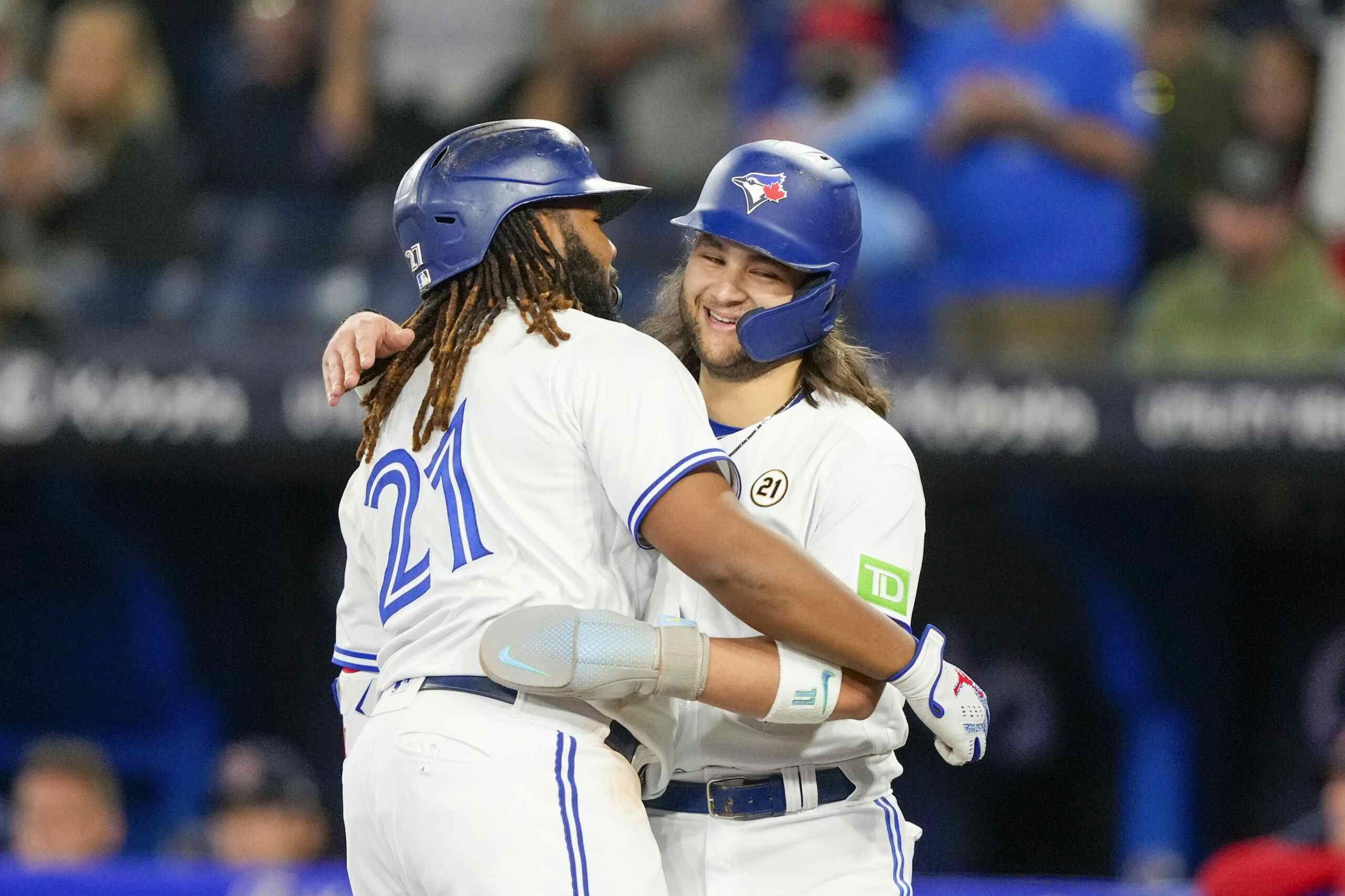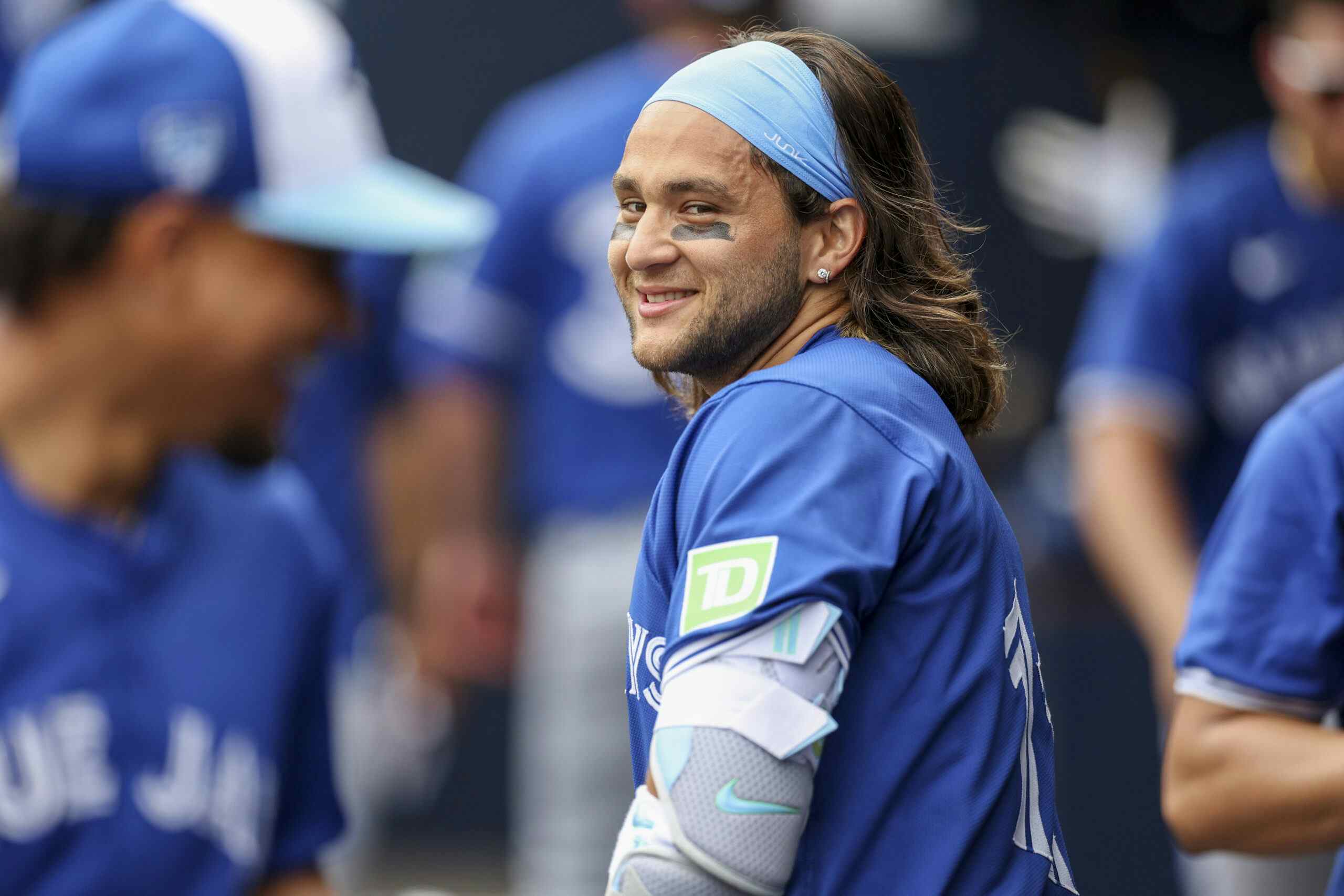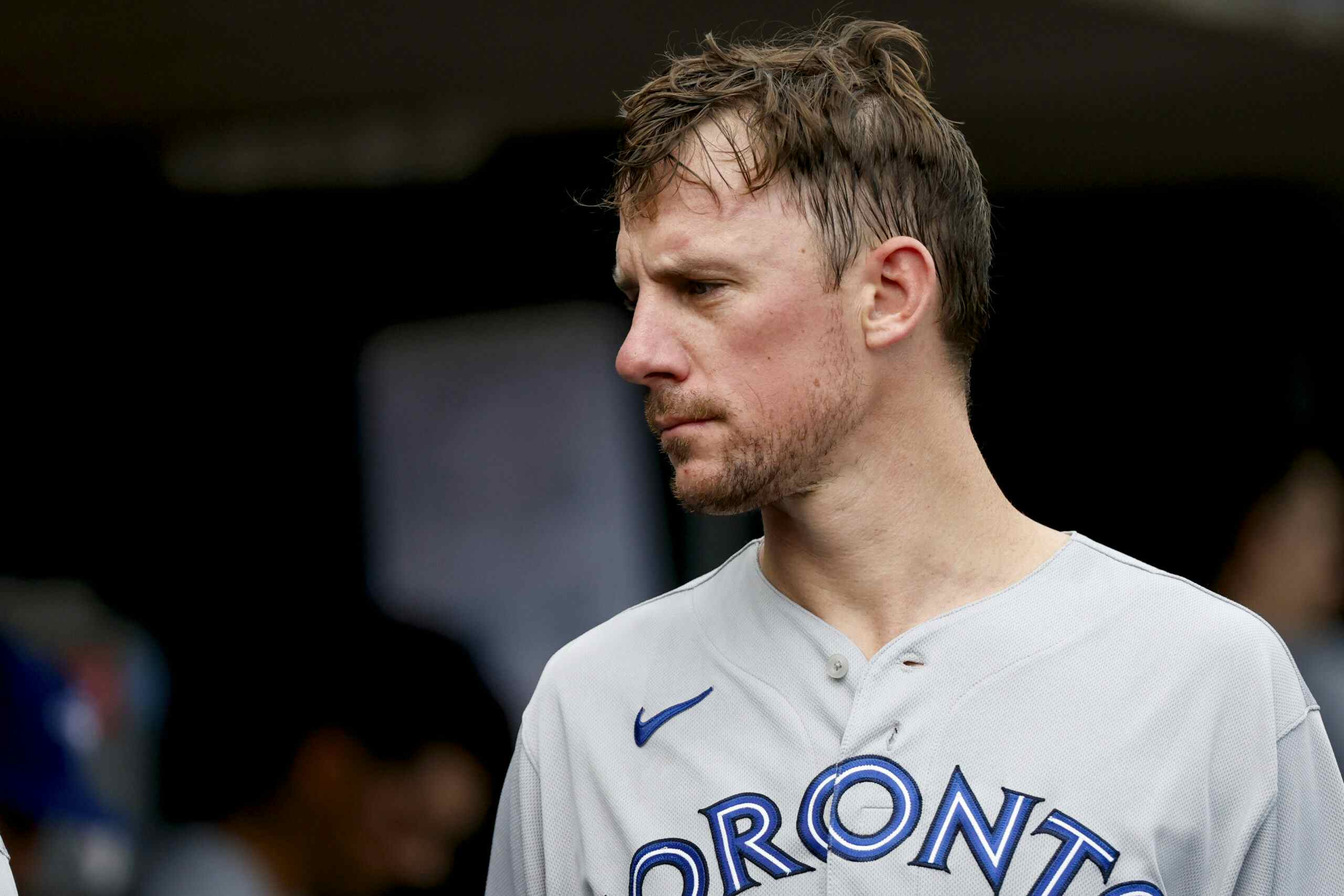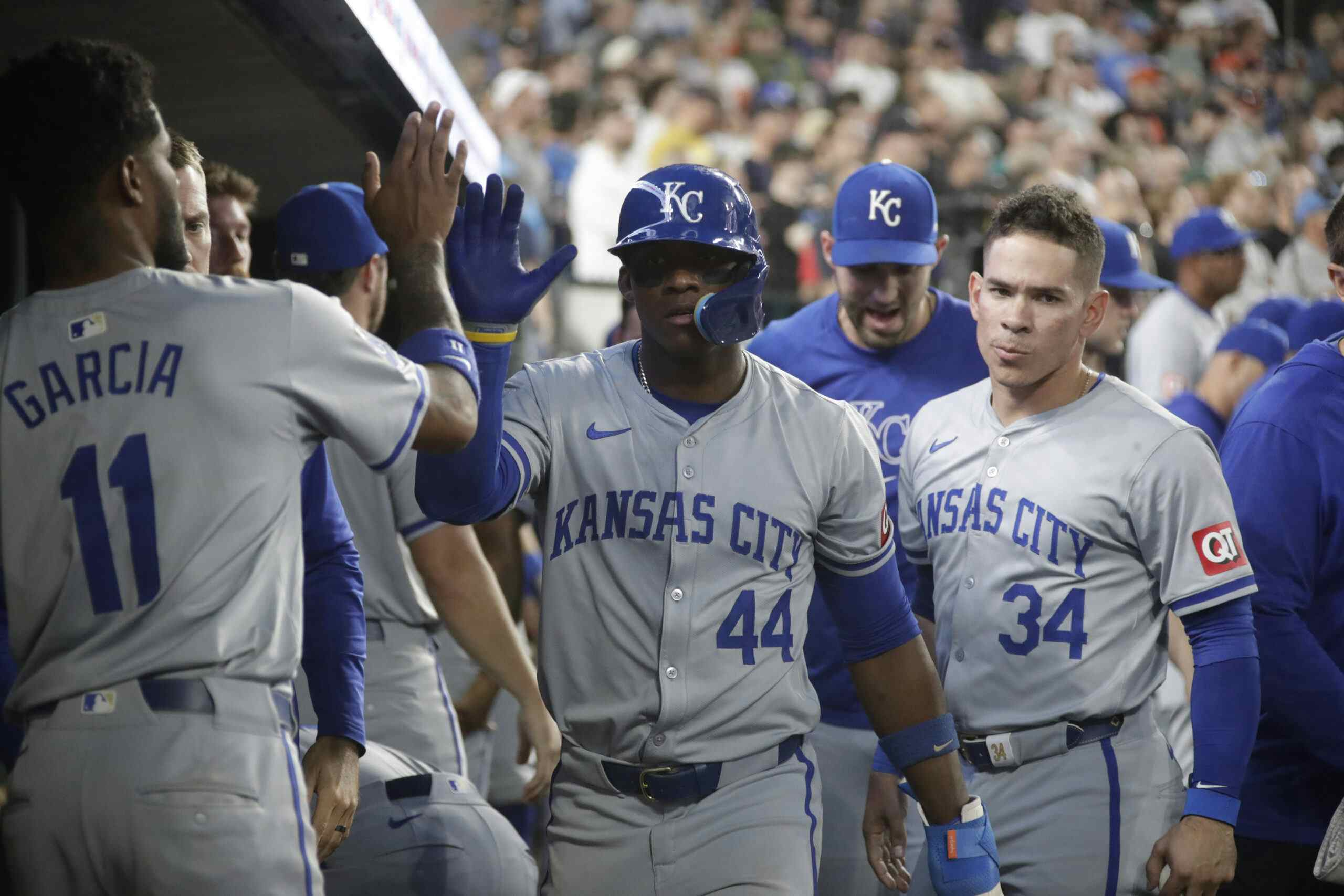The Shapkins Defender – The Track Record
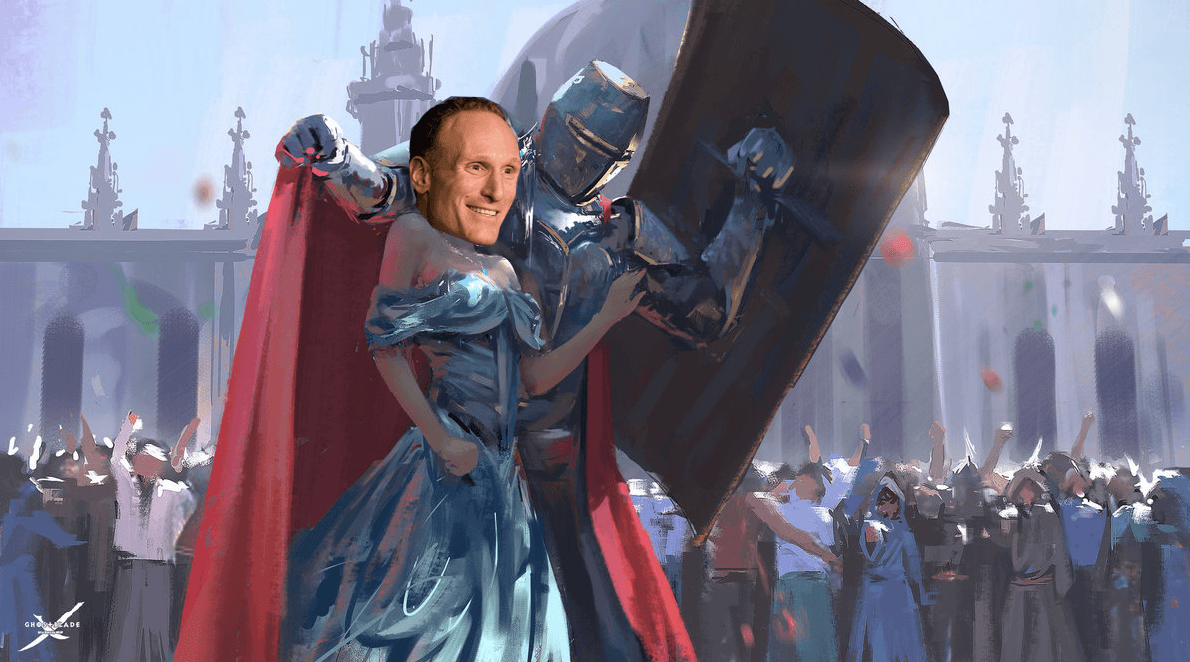
By Darragh
4 years agoWelcome to The Shapkins Defender, where I inhale your toxic screeds and spit out the fresh oxygen of optimism, like a tree that kind of understands WAR. (Just don’t ask me to explain it.) Let’s get to it!
Q: You lose absolutely all credibility by using any derivative of “Shapkins” or “Shatkins” instead of their actual names. – dolsh
Joke’s on you, buddy, because I don’t have any credibility to lose.
Though I do agree that “Shapkins” and “Shatkins” are silly, especially the latter. But since I wanted this column to be about having dialogue with the haters, it made sense to me that I use hater terminology.
Q: They’ve failed the most fundamental task of leadership: leading. They live in the mushy middle, they’re comfortable there, and that’s where they’ll stay.
Players who are born contenders like Donaldson and Stroman chafed here because they wanted to *win*. Shapiro and Atkins want to make “smart” (i.e. safe), conservative moves and keep things right in the middle. It’s not a ballclub for good players.
Moves like passing on Encarnacion and signing washed-up never-been Morales instead sent the message loud and clear to the clubhouse: “we’ll dangle our toes, but we’re not serious about contending”.
Players can’t and won’t excel in that environment. Top-class FAs don’t want to play in an environment like that.
They are completely incapable of evaluating talent on the FA market or in other team’s systems, which leads to bizarre and laughable trades like Fisher. Nobody in their right mind would have traded a used locker-room towel for Fisher, he was 100% guaranteed to be released at the end of the season, sign a minor league deal somewhere, and disappear into obscurity. Ditto Brito, Hansen, etc. Morales was their only real “win-now” FA move, and it was a joke at the time and didn’t work out.
Add their lack of leadership to their complete inability to evaluate FAs and other team’s talent, and literally what are they there for? My great-aunt Melba can fail at leadership and talent evaluation, and she’s been dead these fifteen years.
Not to mention a list of screwups as long as my arm and a list of successes you could scrawl on a nickel. No thanks. I’d say get them out of here, but what’s the point? The damage has been done, the rebuild botched, and here we are, ready to watch another decade of meaningless, mushy-middle baseball. – Joule
A: Well, I did ask for screeds. And Joule has delivered a gem.
There’s a lot to unpack here. So, let’s do this in stages.
Q: They live in the mushy middle, they’re comfortable there, and that’s where they’ll stay.
A: The phrase “mushy middle” actually has some kernel of truth to it, insofar as the front office tried to skirt a difficult line from 2016 to 2018 of putting a competitive club on the field while simultaneously building the farm for a future competitive window.
However, to suggest that this is some sort of permanent preference wherein Shapiro and Atkins get all horny for mediocrity is absurd. Let’s look at the track record from Cleveland.
In 2002, Shapiro traded Bartolo Colon and Tim Drew to the Montréal Expos for Lee Stevens, Brandon Phillips, Cliff Lee and Grady Sizemore. The team then endured a couple of mediocre seasons before winning 93 games in 2005, just missing the playoffs. Then in 2007, they won 96 games, winning the division and defeating the Yankees in the ALDS before losing the ALCS to the Boston Red Sox, a heartbreaking loss that came after Cleveland had a 3-1 series lead. And this was a season in which Cleveland had a payroll that ranked in the bottom third of all Major League teams, about 1/3 of the Yankees team that they defeated in the playoffs.
In 2008, they couldn’t repeat their success, leading Shapiro to trade both C.C. Sabathia and Casey Blake, in separate trades, for prospects. This pile of prospects included a few busts but also Michael Brantley and Carlos Santana. In 2009, he traded Cliff Lee for a pile of prospects, one of which was Carlos Carrasco. In 2010, as part of a three-team trade, Cleveland gave up Jake Westbrook and got Corey Kluber in return. All of these prospects would go on to help Cleveland make the playoffs four times between 2013 and 2018, including three consecutive division titles from 2016-2018, which included the game seven extra innings loss in the 2016 World Series.
They were never not trying to win or trying to be in the mushy middle. Like it or not, this is the cycle that modern professional sports are built around. You trade the present for the future until the future becomes the present. You enjoy the present as long as possible until you turn your eye to the future once again. Or as Shapiro himself said, in the beautiful and poetic way of his, “As we deliberate on the different strategies and the different directions to go, we feel an obligation to try to field a contending, competitive team and at such a time we feel that is not possible, we will pivot.”
There are 30 MLB teams and only 10 playoff spots, which means that 2/3 of fan bases are disappointed every year. Or more, if some fan bases expect more than just a playoff berth. Personally, I’d rather the Blue Jays have a front office that is adept at discerning when success is more attainable in the future than in the present. Like Kenny Rogers said, you got to know when to hold ‘em and know when to fold ‘em. (But he also said “Assault camera people.” Oh, wait. Different guy.) Hopefully, after this rebuild, Shapiro and Atkins will have access to better financial resources in Toronto than they did in Cleveland, reducing the need to be so quick to pivot as in the past. And I don’t think they would have left Cleveland to come to Toronto unless they thought they’d have more money to back up their larger strategies. But if they don’t have those resources, that will be on Rogers, who I will not be defending in this column. (The Jays have no excuse not to be one of the highest payroll teams in baseball, if not the highest. But I digress.)
Q: They are completely incapable of evaluating talent on the FA market or in other team’s systems, which leads to bizarre and laughable trades like Fisher. Nobody in their right mind would have traded a used locker-room towel for Fisher, he was 100% guaranteed to be released at the end of the season, sign a minor league deal somewhere, and disappear into obscurity. Ditto Brito, Hansen, etc. Morales was their only real “win-now” FA move, and it was a joke at the time and didn’t work out.
A: Most baseball prospects, even the highly-touted ones, don’t turn into productive big league players. For example, Baseball America studied deadline trades and found “86 of the 428 prospects traded in July deals from 2003-2014 went on to play the majority of at least two seasons in the major leagues and post a positive career WAR, as measured by Baseball-Reference. That’s just 20.1 percent of all prospects moved in such trades.”
So, if you’re building for the future, most of the guys you acquire are not going to be useless. Even a 25% success rate would be above the industry norm. Think of it like batting average. Getting a hit 30% of the time in your career would make you one of the best hitters of your generation. These players are unknown quantities. So, to point out that they have taken chances on a few guys that didn’t pan out isn’t really a mark against them.
Even looking at the above section where I talked about Cleveland acquiring Brantley, Santana and Carrasco, those trades also included guys named Matt LaPorta, Zach Jackson, Rob Bryson, Jon Meloan, Jason Donald, Lou Marson and Jason Knapp. Those seven guys collectively produced 1.4 bWAR over their respective careers. FanGraphs is even less kind, pegging that group at -3.9 fWAR. (Yes, that’s a minus sign.)
Does that mean those trades were “laughable”? Of course not! Those trades helped Cleveland build a team that came within a hair of winning the World Series. So, while Brito and Hanson haven’t worked out, this front office also acquired players who have fared much better, such as Reese McGuire, Teoscar Hernandez and Trent Thornton, with still many prospects working their way through the system.
Here’s a fun bit of Blue Jays history that you may or may not remember. In 2018, the Blue Jays acquired a 26-year-old utility infield named Gio Urshela. He played 19 games for the team, put up mediocre numbers at the plate and was designated for assignment. None of the other 29 teams claimed him, allowing the Jays to send him to Buffalo. A few months later, he was sent to the Yankees for cash. As a 27-year-old, he had an unexpected breakout for the Yanks, putting up 3.4 bWAR, after having accumulated -1.1 bWAR before that.
The Jays obviously saw some potential in him that they couldn’t tap into while they had him. The Yanks did. But it shows that these guys in their mid-20s shouldn’t always be given up for dead. Fisher is 26, as is Hanson. Brito just turned 27. Maybe they can find that Urshela-like trajectory. Maybe they can’t. But these are the types of risks that rebuilding teams need to take.
Q: I’d say get them out of here, but what’s the point? The damage has been done, the rebuild botched, and here we are, ready to watch another decade of meaningless, mushy-middle baseball.
A: The rebuild is botched? It only just got built!
The big league team is now filled with young, talented guys who are going to be around for years to come. (Once Smoak and Buchholz become free agents in November, every guy on the team will have at least three years of control, with the exception of Giles, Tepera, Shoemaker and Travis.)
And the farm system still has more fruit to bear. Baseball America still has the Jays’ farm as the 6th-best in the league. (Though, full disclosure, the most recent rankings were in August, when Bichette was still considered a prospect.) Jim Callis of MLB dot com has the Jays 10th (though, again, with Bichette included.) Bleacher Report has the Jays at 13 (without Bichette).
So, there’s still more building to do. Nate Pearson, Jordan Groshans, Simeon Woods Richardson, about 17 catchers. There are still lots of interesting guys who are going to come up and try to muscle their way into a roster that is already loaded with talent.
Consider that José Altuve made his MLB debut in 2011, the first of three consecutive years where Houston lost over 100 games. George Springer came up in 2014, when the team went 70-92. When Carlos Correa came up in 2015, the team finally started to look legit, going 86-76. Alex Bregman came up in 2017, helping to finish the job, as the team went 101-61 and won the World Series.
These things take time, unfortunately. You can’t just snap your fingers and turn a bad baseball into a good one. If you could, every team would do it. And those fans who clamour for a rebuild when the team is competitive would do well to remember this.
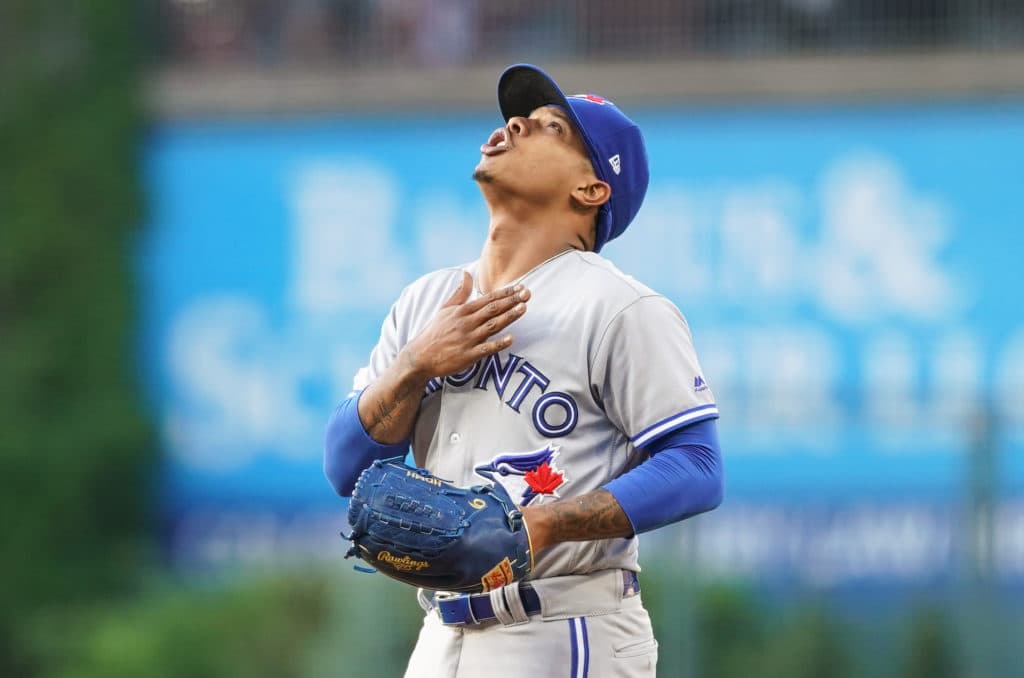
Jun 1, 2019; Denver, CO, USA; Toronto Blue Jays starting pitcher Marcus Stroman (6) looks up during the first inning of game against the Colorado Rockies. Mandatory Credit: Troy Babbitt-USA TODAY Sports
Q: Defend the Stroman trade. – Steve-O
A: Well, Steve-O, there are lots of different ways I can approach this. In a vacuum, it’s hard to evaluate a prospect trade this early. The Blue Jays acquired two pitching prospects, one of whom just made his Major League debut after the trade, while the other is only in A-ball and just turned 19 years old a few weeks ago. So, time will tell as to whether this trade was a “win” or a “loss”.
But as I mentioned earlier in this piece, most prospects don’t work out. If you’re trading established players for prospects, you have a high chance of a “loss”. So, for me, to “defend the Stroman trade”, I think it only needs to be justified as a risk that was worth taking. And I don’t think that’s too hard at all.
The Blue Jays gave up a year and a half of a very good pitcher during a time period in which they weren’t going to be competitive. In exchange, they got two pitchers with the potential to be valuable contributors to this team for years to come. Woods Richardson, in particular, has already had his young career trajectory compared to Madison Bumgarner. As I said, prospects are volatile. Many don’t live up to their potential. But if you’re giving up a decent player who will be a free agent by the time your team returns to contention and your return is a potential ace like that? For me, that’s a risk very much worth taking.
Now, some have argued that the Jays could have extended Stroman so that he was still on the team when the next competitive window opens. This would have been a fine move. Stroman is good at baseball. And giving money to guys who are good at baseball is still a fine strategy. (There’s been much talk around baseball lately about low-payroll teams such as the Rays and A’s finding success, which is all well and good. But the best teams generally combine those Moneyball-type tactics with well-paid marquee players.)
However, I understand why this front office decided to cash in on Stroman’s trade value while they could because this allows them to have their cake and eat it too. In addition to having Kay and Woods Richardson in the system, the team can still spend that Stroman money to improve the team later. Extending Stroman would have given you the cake, but not to eat… only to look at? To smell? It’s a weird idiom. The point is that having prospects and paying and a well-paid veteran pitcher is better than just having the veteran.
Now, if you want to make a more sentimental point, that Stroman is one of those special players that comes along once in a while and reaches a sort of elevated status in our hearts and warrants different treatment because they are the face of the franchise, that is something I am sympathetic to. I don’t begrudge any fan who thinks Stroman should have been our Félix Hernández, the guy who sticks around for the long haul and becomes synonymous with that one uniform and one fan base, the guy who gets a last game full of hugs and standing ovations despite slouching through the end of his contract on a bad team, the guy who resonates with a city on a different level than just winning and losing.
I personally have nothing but love for Stroman. Not only is he a great player, but he’s also a fascinating personality and an amazing character on the field. Having him on the Blue Jays has been a joy the entire time. But I also think that this front office would be justified in thinking that guys like Vladdy and Bo have a better chance at being those franchise faces, when compared to Stroman.
Stroman has now finished his age-28 season, accumulating 14.5 bWAR in the process, which is quite good! Félix Hernández, on the other hand, had already amassed 17.9 bWAR by the end of his age-23 season, prompting the Mariners to give him a five-year extension before the 2010 season. Over the next three years, he would add another 16.1, for a total of 34.0 bWAR at the end of his age-26 season. This prompted the Mariners to extend him again, a seven-year contract that only just expired.
Hernández was clearly a pitcher of a different echelon than Stroman is. Players at that level are rare, and are surely to be enjoyed when your team has them. I’m sure most reasonable Mariners fans would tell you they were happy about the second extension for King Felix, even though he was essentially useless, from a cold-hearted baseball perspective, over the final three years of the deal.
With Vladdy and Bo, the Jays may have players that reach that echelon. Time will tell. Bichette certainly looked the part in his small sample debut. Vladdy didn’t deliver on expectations quite as well, but still put up 2.1 bWAR as a 20-year-old, which is 1.5 more than Miguel Cabrera’s debut season at age 20. (That was only 87 games, but still.)
Anyway, as I have said many times in this piece, there are no sure things with prospects. But I think it’s quite reasonable to think Vlad and Bo have a decent shot at being franchise players, considering just about every professional prospect watcher has said as much. Stroman had a chance to fill that role as well. But I understand why the front office felt it was time to flip the page and find out what the next face of the franchise looks like.
Time will tell if Vlad and Bo and Kay and Woods Richardson and the others can be a part of a team that writes themselves into Blue Jays lore the way Stroman did alongside Bautista and Encarnación and Donaldson and that crew. But Shapiro and Atkins have built winning teams before, with less resources than they have now. And I see no reason to think that they’ve somehow forgotten.
If you think they’ve forgotten how to build a winning team, send your hot takes, diatribes, harangues, tirades and jeremiads to me at darraghm@gmail.com or @darraghfilm on Twitter, or just leave a comment below.
Recent articles from Darragh

